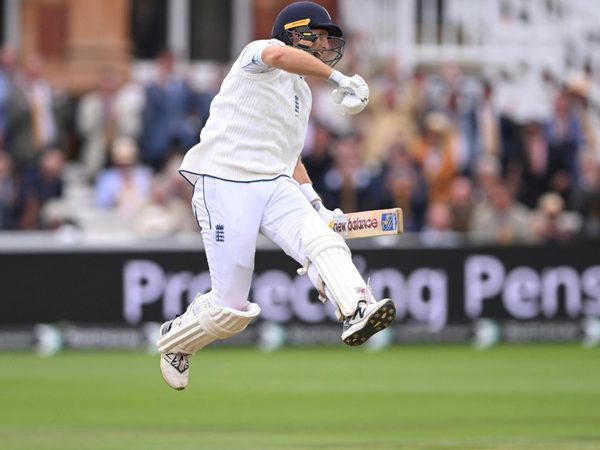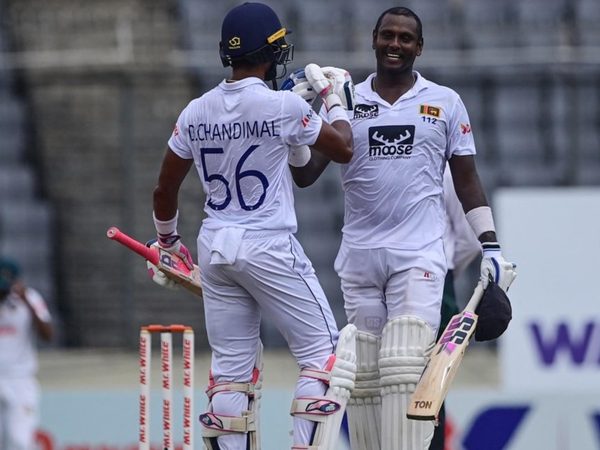
Haris Rauf’s T20I numbers are not extraordinary or eye-catching – but that does not tell the whole story about a very special fast bowler, writes Shashwat Kumar.
Until about four years ago, you might not have heard about Rauf. He had not been touted as an immediate bowling option for Pakistan. In a country where every raw fast-bowling talent grabs headlines, there was barely a murmur about him around the globe. There was the odd gasp at the pace he generated, especially when bowling to Virat Kohli in the nets in Australia. That, however, was usually followed by criticism over his accuracy.
But during his debut stint with the Melbourne Stars in 2019/20, he showed that he had turned a corner. He picked up 20 wickets in 10 games that season, portraying a multi-faceted bowling arsenal. This upturn also included a hat-trick against Sydney Thunder and a five-wicket haul against Hobart Hurricanes. Rauf was fast-tracked into the Pakistan set-up, making his T20I debut against Bangladesh in January 2020.
His numbers since his international debut are not shabby, but while 50 T20I wickets at an average of 23.94 are a decent return, his economy rate of 8.39 is often held against him. Because of the pace at which he bowls, there are days when he can spray the ball around and bowl a loose ball every over. But it is worth noting that that pace allows him to challenge batters consistently and always be a wicket-taking avenue.
Pakistan use Rauf to break games open, irrespective of the conditions and the opposition. He bowls during the second half of the powerplay, arguably the tougher gig, considering the fact that the batters have gotten used to the pitch and are looking to attack. In the middle overs, Rauf’s pace often hurries batters when attempt to launch an assault. He is also Pakistan’s go-to bowler during the death overs, where his speed and ability to bowl yorkers is unparalleled in the Pakistan set-up.
Filtering out his raw statistics highlights Rauf’s versatility and importance to Pakistan. In T20 cricket since 2018, he has an economy rate of 8.86 – the 11th-best among those who have bowled 500 balls during this period. His average of 16.58 is the 10th-best. In T20 internationals, he has the seventh-best strike rate of all time among pacers from ICC Full Members to have picked up a minimum of 50 wickets.
The numbers are not bad – in fact, they might even be as good as anyone in the world. Rauf, though, is worth a lot more than these numbers. He is one of very few bowlers in world cricket currently who can consistently clock in excess of 150 kph – a fact he is so proud of that his Twitter bio has ‘150 kph’ embedded into it. Many before him have been this quick, and there will more as fast in the years to come. What separates Rauf is that he also picks regular wickets. Fifty T20I scalps in 39 innings (roughly 1.28 wickets per innings) drives that point home.
He has ways of outwitting batters as well. Stunning with pace remains the most obvious modus operandi, but he can also force them to play strokes that they would not otherwise. He has developed a decent slower delivery, which he uses selectively on sluggish surfaces. And as Danushka Gunathilaka fatefully found out during the Asia Cup final, he can swing the ball sharply too.
However, he is a lone bright spark in a struggling Pakistan bowling unit. Shaheen Shah Afridi makes the new ball talk. There is always a buzz when Naseem Shah bowls. Mohammad Hasnain and Shahnawaz Dahani can surprise anyone with their movement. Even Hassan Ali, who has fallen out of favour of late, brings a sense of anticipation. Rauf, prima facie, may not feature in any of these categories. But look closer, and you will figure out that he can do almost all of these things. And that is what makes him even more incredible.
He can set pulses racing, just by marking out his run-up and taking a deep breath before unfurling a thunderbolt. He can also walk into seemingly hopeless situations and sprinkle them with hope. And because everything happens at more than 90 miles per hour, it elicits a feeling of excitement that cannot be matched. As the cricketing jargon suggests, pace is pace, yaar.
No numbers can do justice to these emotions. If anything, the raw statistics hide the value of his raw pace. His statistics will perhaps never be world-class until you dig really deep into the numbers. But catch a glimpse of him, and you will know what the fuss is all about. Or, more specifically, why he is so special.








